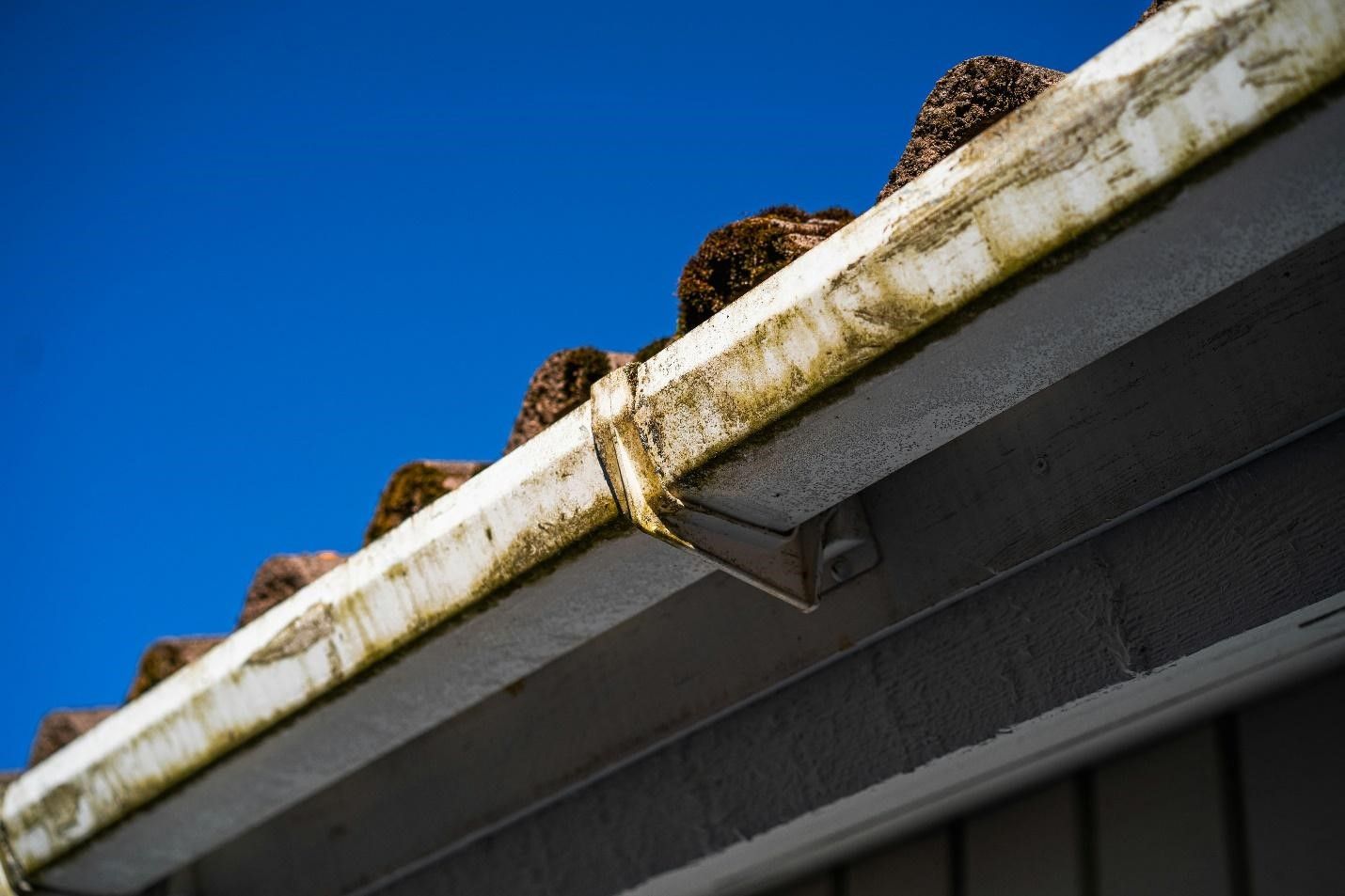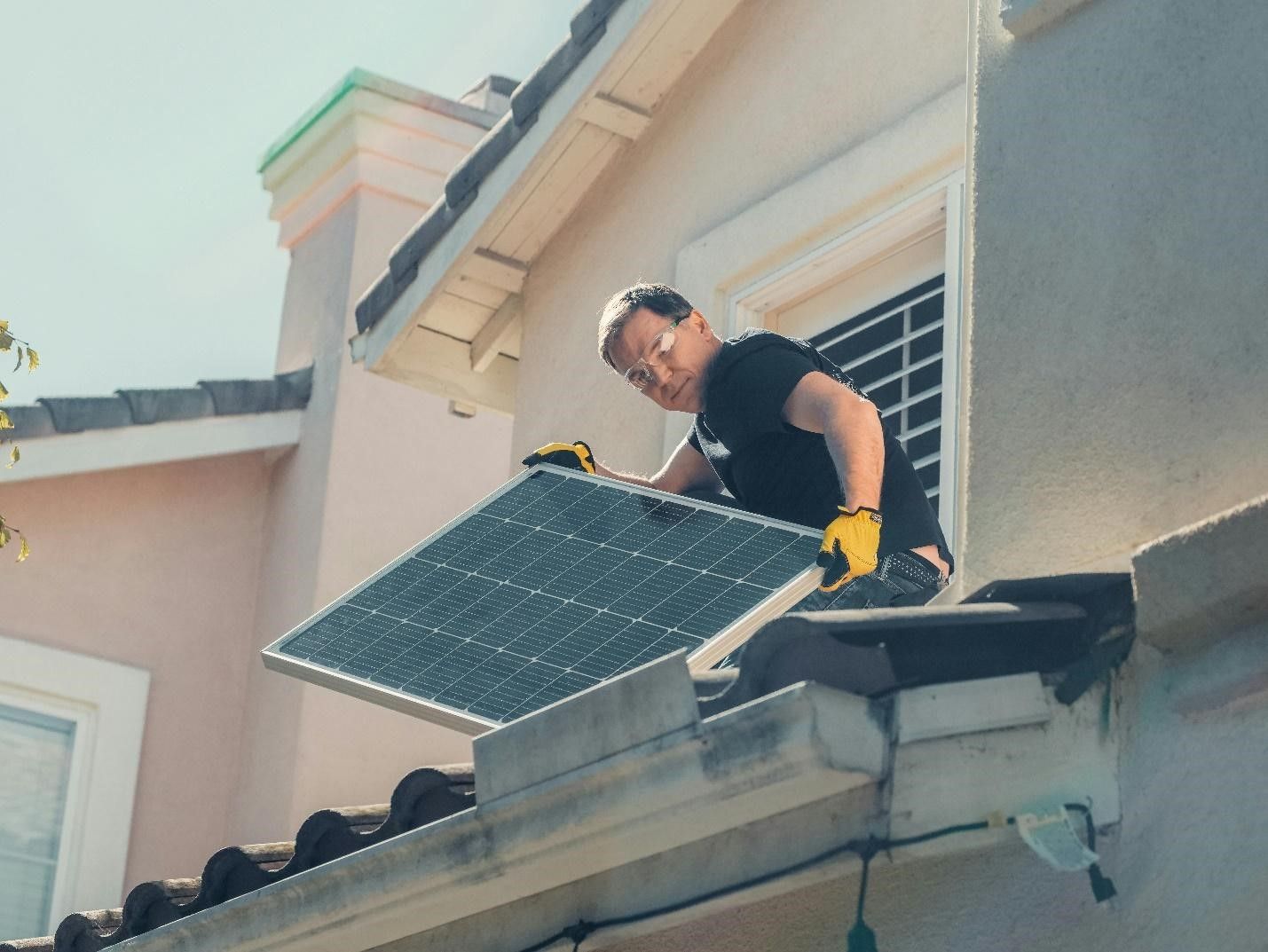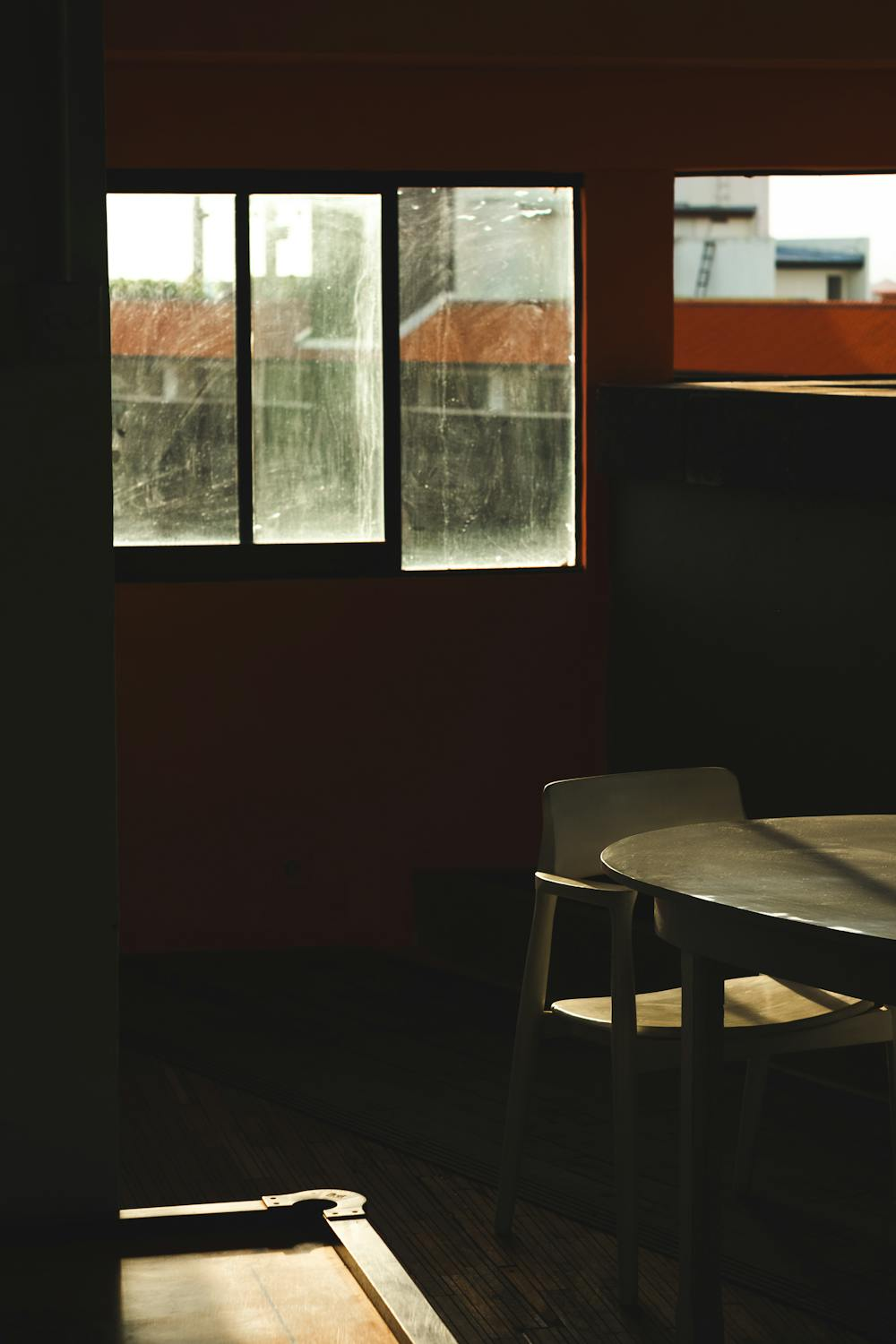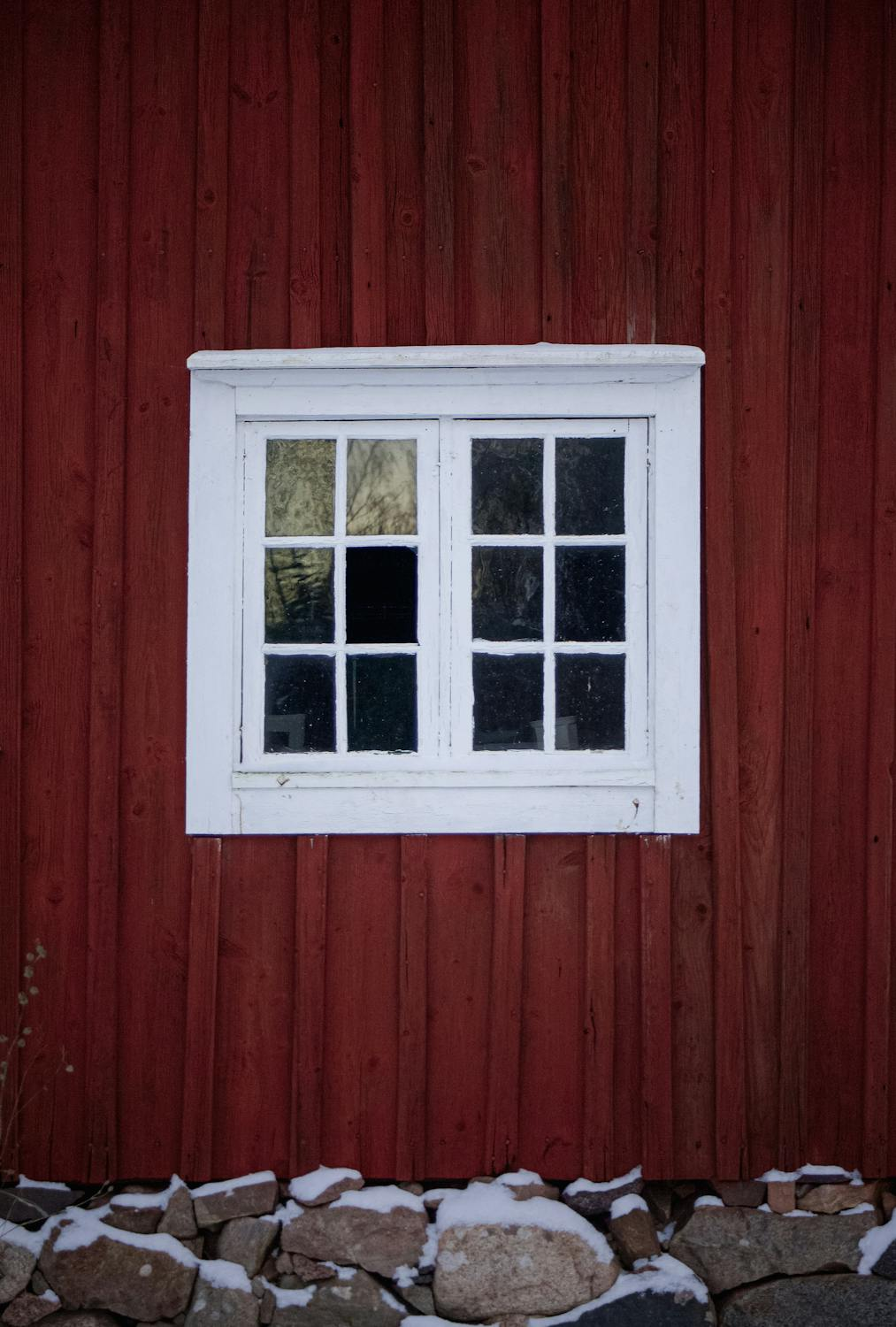How Weather Affects the Lifespan of Your Window Screens
Window screens rarely get attention until they sag, rip, or rust. Yet most of that wear and tear doesn’t come from poor material. It comes from exposure. Daily weather patterns silently chip away at your screens' mesh, frame, and seals. That’s why weather and window screen damage is one of the most overlooked causes of early deterioration.
Homeowners often ask why their screens seem fine one season and fragile the next. The answer is not just age or neglect to clean . It’s about understanding screen lifespan and weather conditions in your area. Whether you live in coastal humidity, high winds, or dry heat, your screens face unique threats. Each type of climate brings its own pressures. The way you clean and maintain your screens should reflect that.
In this blog, we will outline how different weather types shorten screen life. We will also explain practical steps for maintaining screens in harsh weather and highlight why professional window cleaning plays a bigger role than most realize.
1. How Heat and UV Light Shorten Screen Lifespan
Screens made from fiberglass, vinyl, or plastic composites break down in intense heat. UV rays cause fibers to dry out. This leads to brittleness and cracks. Summer highs push screens beyond their tolerance levels in places like San Luis Obispo . That’s when mesh starts to lose flexibility. You might not notice the change until a light press causes it to split.
The frame also absorbs heat. Over time, aluminum can expand and loosen from its setting, weakening the frame-mesh connection. The result is sagging or rattling screens that don’t offer full protection. UV-resistant coatings help, but only if applied early. Regular care and professional window cleaning can reduce heat retention.
Maintaining screens in harsh weather also means checking for discoloration. Faded areas usually indicate UV damage. They signal areas of weakness that need close inspection.
2. Cold Weather and Freeze Cycles
Freezing temperatures affect both metal and synthetic screen materials. When temperatures drop at night and rise during the day, metal frames contract and expand. This movement puts pressure on the corners, seams, and mesh anchoring.
Moisture adds another problem. When water gets into the frame or mesh and freezes, it expands. That pressure creates micro-tears that grow with repeated cycles. Check the corners for cold-weather damage if your screen suddenly rattles or feels loose in the frame .
Screen lifespan and weather behavior in cold regions require screens with insulated or reinforced corners. Even in mild climates, a few weeks of winter storms can have a lasting effect. Keep your screens dry and well-fitted. Store removable ones during the coldest months.
3. Salt Air and Coastal Corrosion
For homeowners near the coast, salt air poses a unique threat. Salt crystals suspended in ocean air land on window screens. Over time, they settle into the mesh and frame. This causes accelerated corrosion in aluminum and even stainless-steel parts. The more exposure, the faster the decline.
Salt doesn’t just damage the surface. It eats through protective layers and reaches the core material. That’s why weather and window screen damage in coastal areas often leads to sudden screen failure.
This type of damage isn’t just cosmetic. A corroded screen loses its strength and can no longer hold against wind pressure. Cleaning these screens regularly is not optional. It’s required. That’s where the benefits of window cleaning become visible. Salt removal extends frame life and keeps the mesh from breaking down.
4. Wind, Storms, and Particulate Matter
Strong wind doesn’t just shake the screen. It carries fine dust, sand, and organic debris. These particles rub against the mesh and settle in the holes, creating blockages and causing abrasion. Over time, the screen loses transparency and airflow capacity.
Mesh friction shortens lifespan, especially in areas with dry wind or seasonal gusts. Debris may not always be visible, but it builds up quickly. High winds also flex the frame. Repeated stress loosens screws or pops frames from their casings.
In harsh weather, screens collect dust and debris. Cleaning them regularly prevents damage. This is especially important for commercial properties and ground-floor screens. These are more exposed to street-level dust and wind.
Routine home and business window cleaning helps remove buildup before it causes lasting damage. Wind is constant, so your care must be consistent.
5. Rain, Humidity, and Mold Growth
Moisture is one of the most common causes of weather and window screen damage. In humid areas, mesh can develop mold and mildew. This weakens the threads and releases allergens into your home. Moisture also warps wooden frames and softens sealants.
Even metal-framed screens suffer in humid environments. Water seeps into micro-cracks, leading to internal rust. Once that starts, it spreads fast. Screens should dry quickly after rain. But debris trapped in the mesh slows drainage. That’s why professional window cleaning involves more than a wipe-down. It ensures water doesn’t linger and that dirt doesn’t trap it.
The benefits of window cleaning in rainy climates include mold prevention and frame inspection. If you notice green spots or smell mustiness near your windows, schedule a cleaning.
6. Cleaning Frequency Affects Screen Health
No matter your climate, dirt shortens screen lifespan. Dust, pollen, smog, and insect residue block airflow. These elements also trap moisture and reduce the mesh’s flexibility. The buildup acts like sandpaper and speeds up deterioration.
A cleaning schedule tied to seasonal changes works best. In dry regions, screens should be cleaned every 4-6 weeks during dust storms. In humid climates, monthly cleaning prevents mold. Coastal areas may require salt rinses every two weeks.
The benefits of window cleaning go beyond looks. It preserves function. You don’t just get clearer windows. You keep your screens useful longer. Home and business window cleaning is especially important for properties exposed to public dust, nearby roads, or industrial areas.
7. Screen Maintenance Recommendations
To improve screen lifespan and weather resistance:
- Choose weather-resistant materials (vinyl-coated fiberglass for sun, stainless steel for salt)
- Seal frame edges with water-resistant caulk
- Apply UV-protectant spray to mesh twice per year
- Store screens during extreme weather
- Check mesh tension seasonally
- Repair small tears immediately
Professional services offer a full inspection with each cleaning. They check mesh tightness, frame alignment, and corrosion points. This level of detail reduces the risk of unexpected failure.
8. Commercial Properties Face Higher Exposure
Home and business window cleaning isn’t just a convenience for storefronts—it’s a necessity. Commercial properties often use more screens and are more exposed to street-level damage. Debris from nearby traffic, weather shifts, and frequent usage quickly reduce screen life .
Property managers should schedule professional cleanings at least quarterly. This ensures that customers see a clean front and that hidden screen damage doesn’t lead to costly replacements.
Window cleaning for commercial buildings also reduces liability. Broken screens can invite pests or cause accidents, but regular cleaning helps avoid these issues.
9. Insect Damage Accelerated by Weather Conditions
While weather alone degrades window screens, it also creates ideal conditions for pests. Warped frames and loosened mesh, caused by heat, humidity, or freeze cycles, allow small insects to find their way indoors. Once they do, they often chew at mesh edges to widen entry points.
The interaction between pests and weakened screens compounds damage quickly. If you’ve noticed more insects inside after a storm or heatwave, it’s often due to screen compromise.
This makes maintaining screens in harsh weather a double priority. By keeping your screens structurally intact and properly sealed, you reduce both weather exposure and
pest infiltration. Routine professional window cleaning often reveals early signs of this insect-related wear before it becomes a problem.
10. Window Screen Fasteners and Hardware Degradation
Many homeowners overlook the importance of screen fasteners—clips, springs, latches, or sliders. These small components hold the screen in place yet endure the same environmental strain. In fluctuating temperatures, plastic fasteners may crack, and metal ones can rust or warp. When fasteners fail, the screen loosens, sags, or detaches altogether.
Regular inspection of hardware is essential to avoid complete screen failure. If you hear a rattle during windy days or notice shifting screens during cleaning, it's a sign your hardware may need replacement. Including fastener checks in your home and business window cleaning routine ensures screens remain secure regardless of season. This added step reinforces your efforts to maintain screens in harsh weather while protecting the integrity of the entire window system.
Conclusion: Weather Wears Down Screens—But You Can Act
No screen lasts forever. But with the right care and cleaning, you can extend its life by years. Understanding how weather and window screen damage happens is the first step. The next is to act.
Regular maintenance, smart material choices, and timely inspections make all the difference. Professional window cleaning removes corrosive buildup, prevents mold, and reveals early signs of wear. The benefits of window cleaning are long-term and measurable.
At Clear Wave Windows, we help homeowners and business owners in San Luis Obispo protect their property from the quiet damage caused by daily weather. With state-of-the-art tools and a focus on detail, we support you in maintaining screens in harsh weather and getting the most from your investment.
Whether it’s time for a screen check-up or a deep clean, we’re here to help. Visit our website or call us today at (805) 203-0345 to schedule your home and business window cleaning and protect your screens from the next storm.






